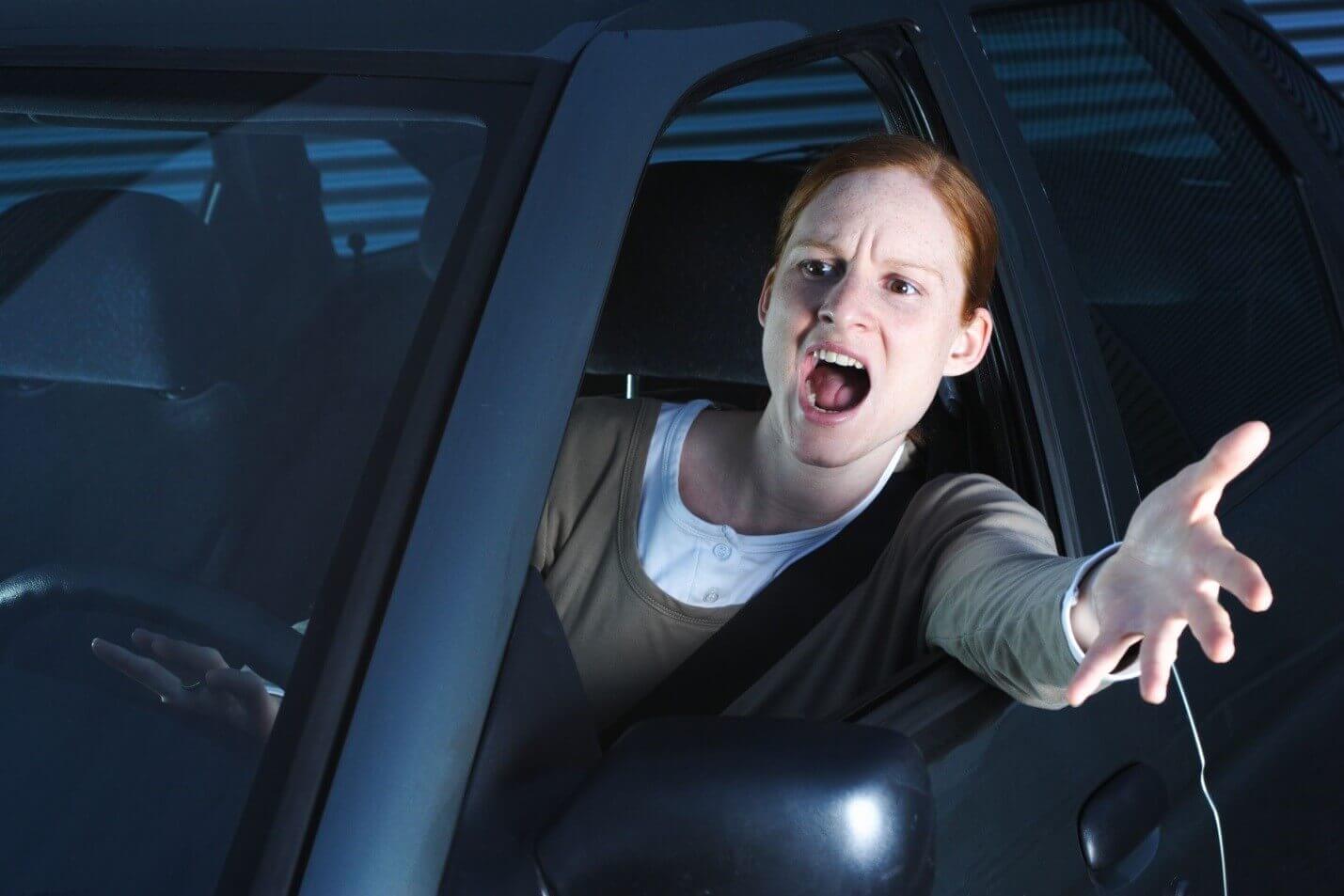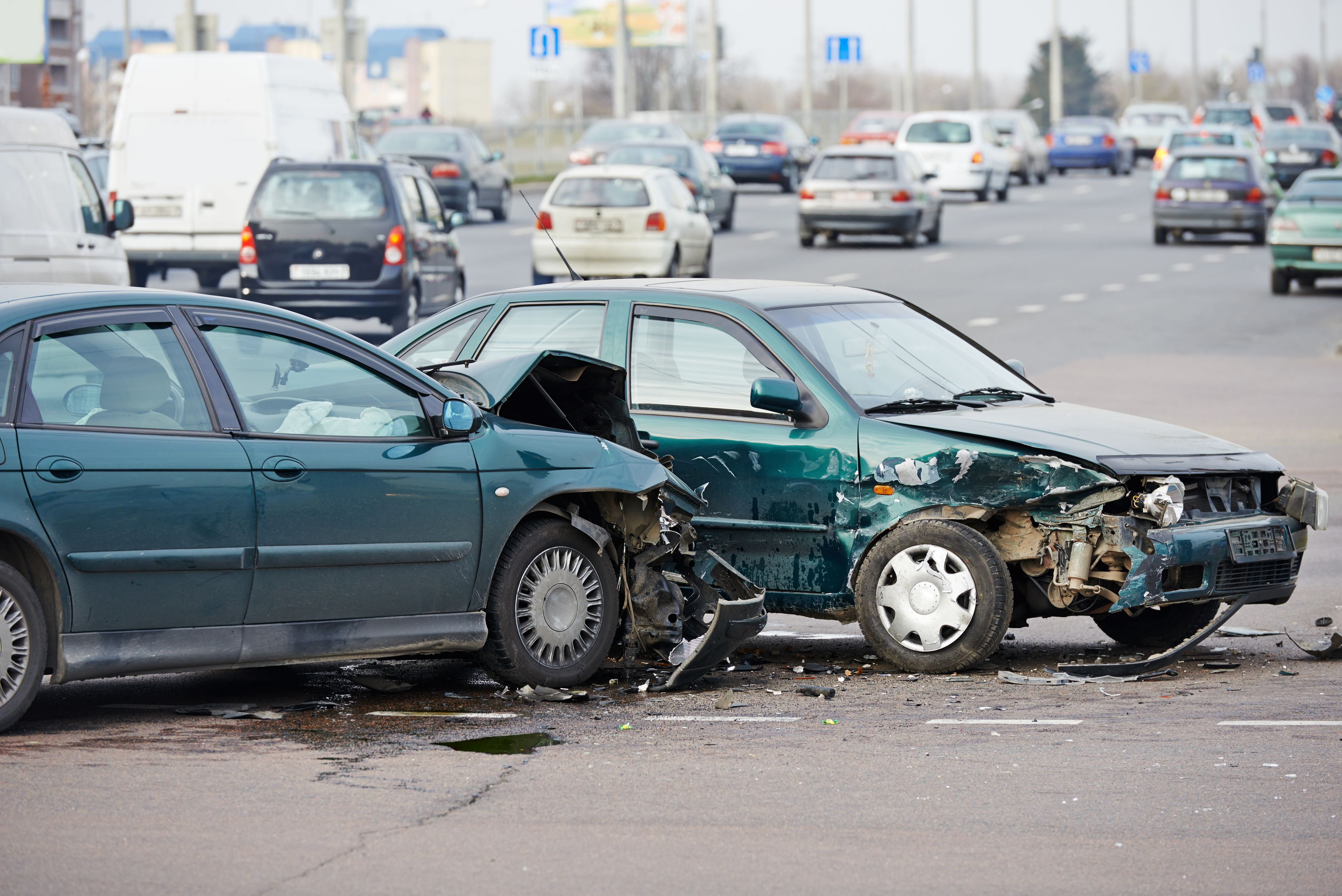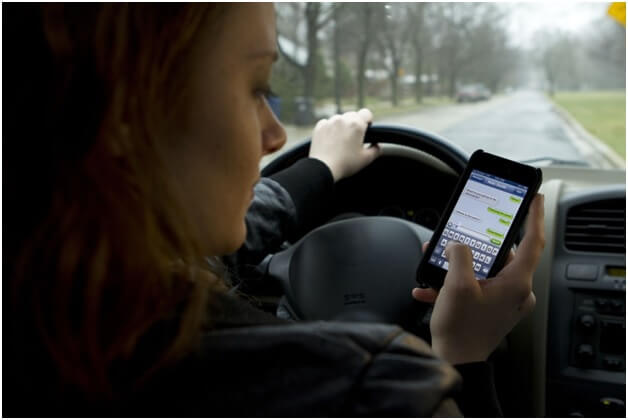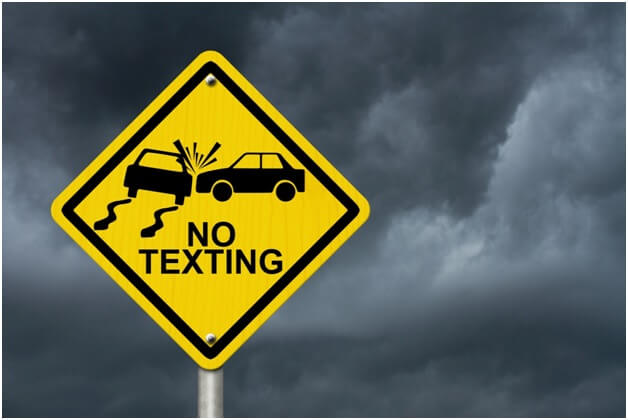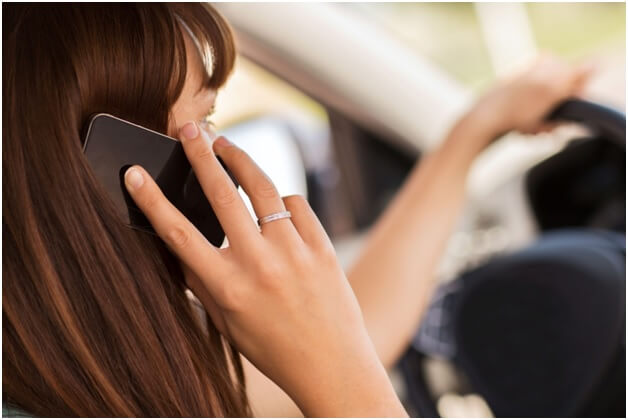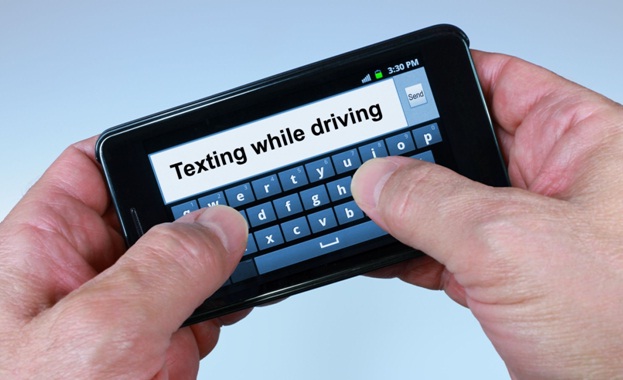It’s your car—the vehicle that gets you to work every day, that carries your groceries home, shelters you and your family on road trips. For many Americans, it can be nearly impossible to see their beloved motor vehicle as a hazard.
Massive, heavy, and fast-moving, cars can become dangerous weapons when driving improperly or recklessly. Every year, motor vehicle crashes claim the lives of nearly 37,000 Americans and leave an additional 2.35 million seriously injured, according to data from the Association for Safe International Road Travel.
Too often, fatal auto accidents are caused by driver error or negligence. Below, we’ve listed seven of the most dangerous things drivers do behind the wheel that frequently lead to tragic accidents.
Driving While Distracted
Many are often surprised to learn that distracted driving is the leading cause of auto accidents, surpassing even drunk driving according to the National Highway Traffic Safety Administration. To combat the scourge of distracted driving, Florida lawmakers have passed legislation that prohibits texting while driving and enacted measures to discourage this behavior.
However, texting and driving isn’t the only dangerous distracted driving behavior. Making phone calls, fiddling with GPS or music systems, grooming, and even talking to passengers are all examples of activities that can take a driver’s attention away from the road and lead to serious accident. In many cases, simply being lost in thought can be enough of a distraction to cause a serious auto accident. You can prevent distracted driving accidents by making a conscious effort to keep your eyes, hands, and attention away from distractions and on the road.
Driving While Intoxicated
Driving under the influence of alcohol or drugs may seem like an obvious danger, yet hundreds of thousands of Americans are still involved in drunk driving crashes each year, according to reports from Mothers Against Drunk Driving (MADD). Drinking not only impairs a driver’s ability to drive, but to react to things occurring around them and respond appropriately to potentially dangerous situations. That’s why it’s a good idea to avoid driving entirely after drinking even in moderate amounts, opting instead to ride with a sober friend or take a cab or public transportation.
 Driving Drowsy
Driving Drowsy
Driving while tired may feel like a necessary evil after a long day of work or a restless night, but doing so can endanger not just the driver, but everyone else on the road around them. When a driver’s body is sleep deprived, their reaction time is slowed and they can quite easily fall asleep at the wheel. Driving drowsy increases the likelihood of serious, often fatal accidents. You can do your part to prevent these types of accidents by pulling over to a safe place to rest if you catch yourself drifting off.
Driving Above or Below the Speed Limit
When it comes to speeding, the science behind its dangers is clear. Based on the laws of physics, the faster a car is driving, the more severe the potential accident will be. However, some studies have found that driving below the speed limit can be dangerous too, since it can disrupt the flow and predictability of traffic. The bottom line: follow posted speed limits and pay attention to the average speed of the other drivers around you to avoid speed-related crashes.
 Driving with Road Rage
Driving with Road Rage
When stress and frustration turn into road rage, accidents and undesirable confrontations follow. Road rage may include making obscene gestures, yelling insults, or purposely driving in an unsafe manner. If you believe another driver on the road is experiencing road rage, stay calm, and try to move away from him or her as soon as possible.
Driving without a Seatbelt
According to government reports, seatbelts save more than 13,000 lives nationwide every year. It may seem harmless to hop in the car without putting on a seatbelt if you’re just heading around the corner, but a large number of crashes occur at low speeds and close to the point of embarkation. Make sure your seatbelt is securely fastened before starting up the engine, and double-check to ensure your passengers do the same.
Failing to Yield
Running red lights, breezing through stop signs, and failing to yield the right of way can lead to serious collisions. Freeway merge ramps in particular can become death traps when drivers fail to observe traffic laws and signs. Make the roads safer for you and everyone around you by adhering to traffic laws and keeping an eye on things happening around you.
Of course, just because you practice safe driving doesn’t mean other drivers on the road will do the same. If you or a loved one has been involved in an auto accident due to another’s dangerous driving behavior, consult with a knowledgeable Florida auto accident attorney.
A skilled personal injury lawyer may be able to help you hold the other driver accountable for their reckless or negligent behavior, and obtain compensation for medical bills, lost wages, and other costs related to recovery. By holding the driver responsible for their dangerous decisions, you can help make the road safer for yourself and your community.



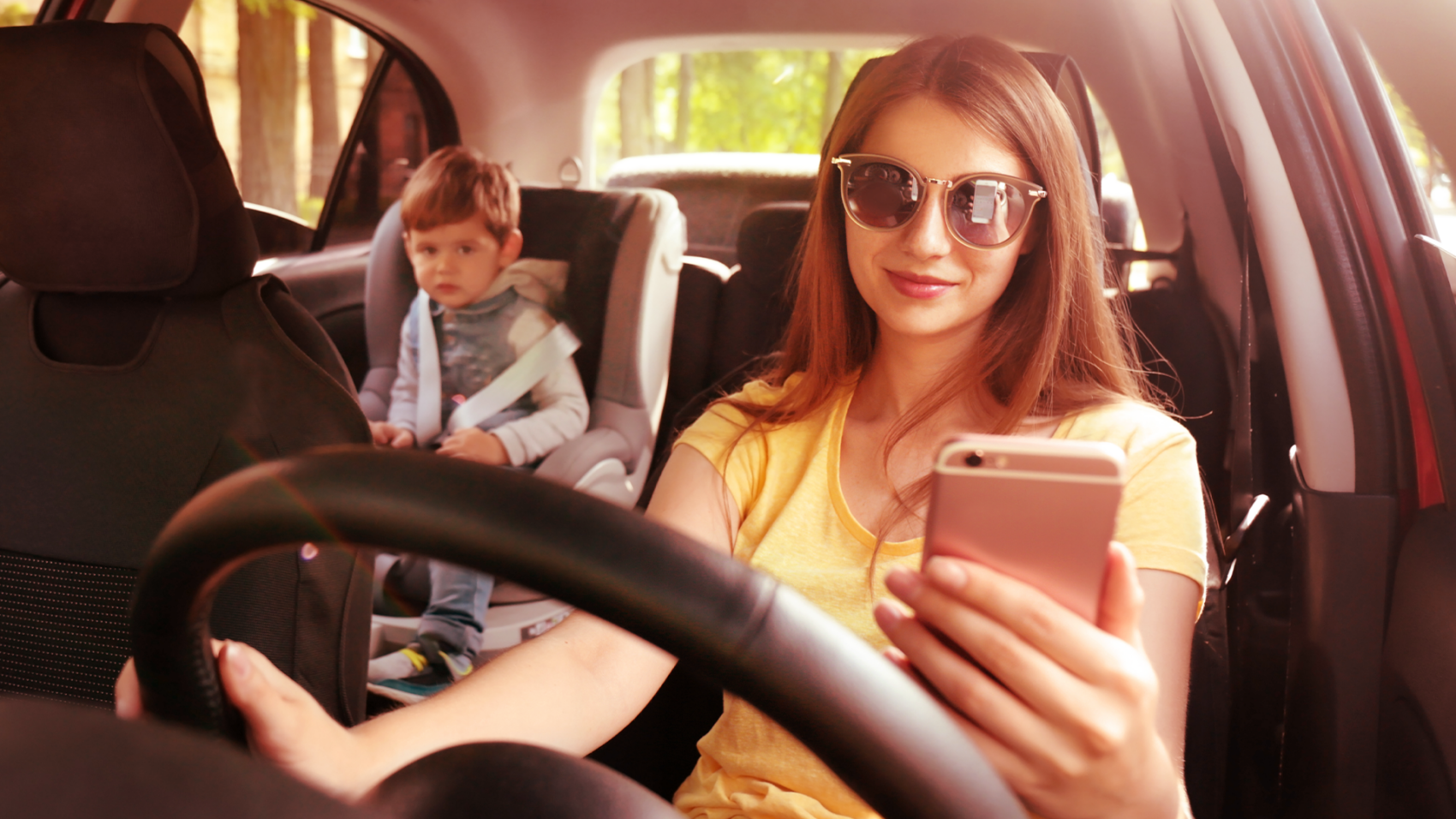
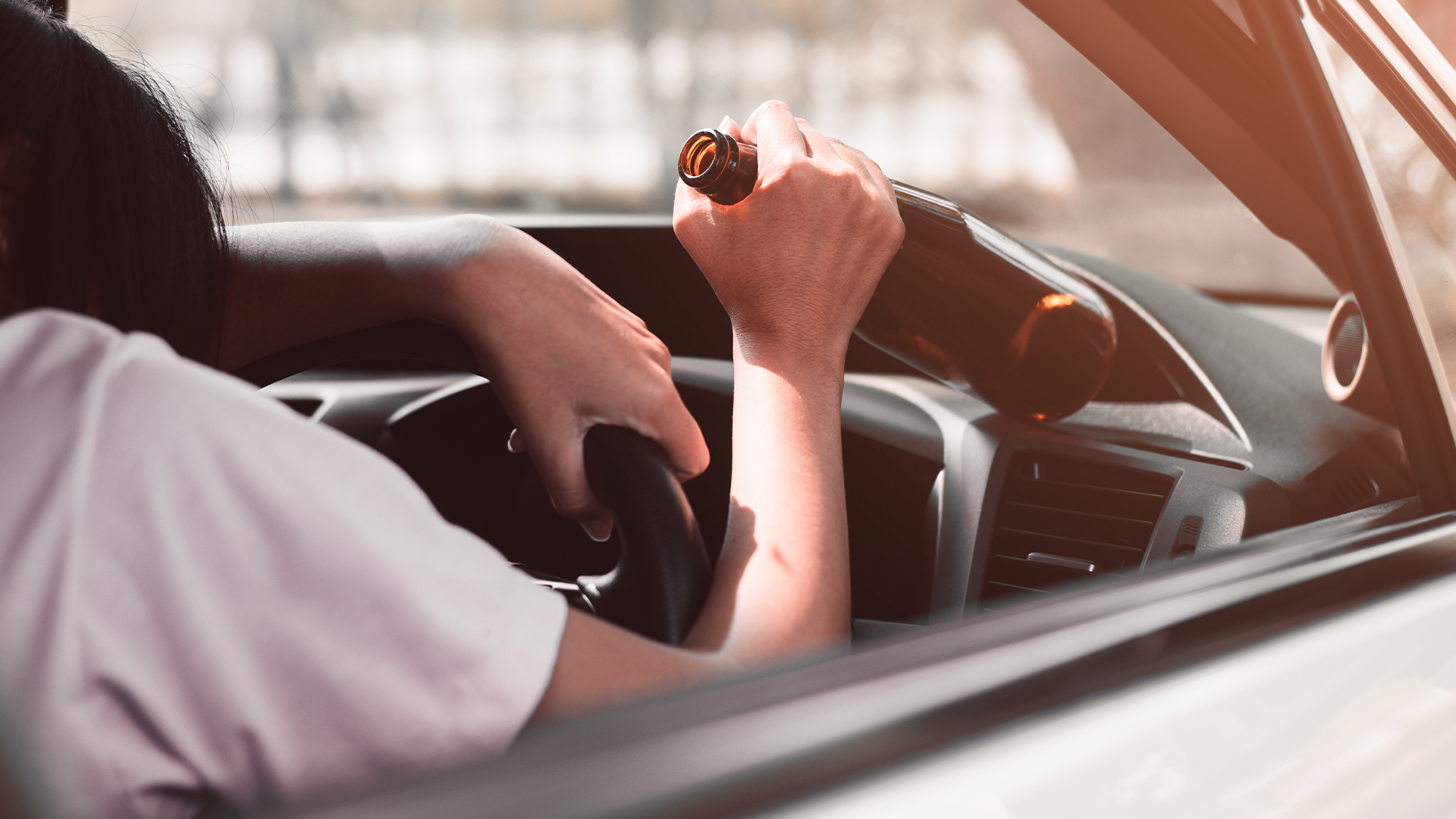 Driving Drowsy
Driving Drowsy
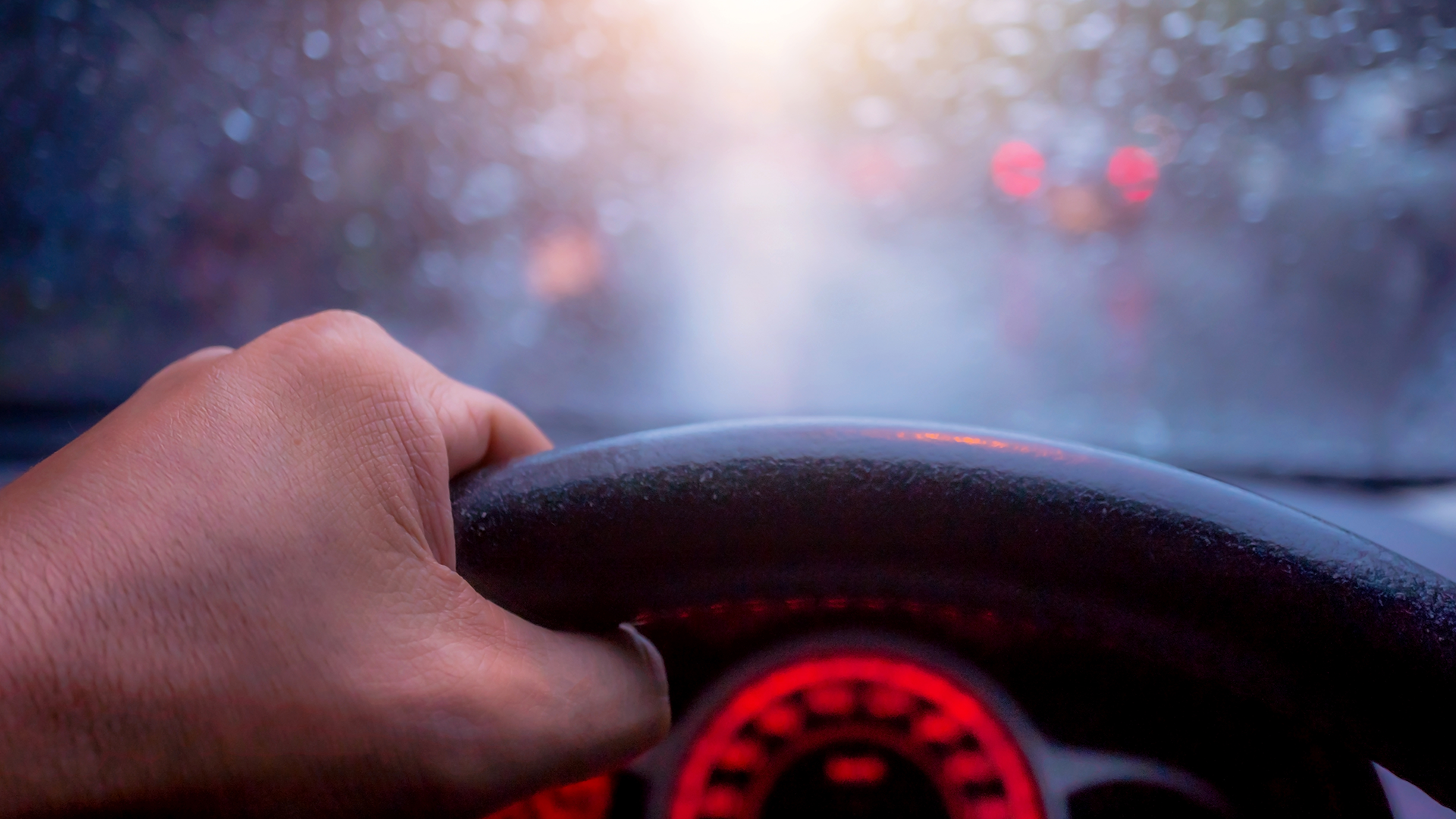 Driving with Road Rage
Driving with Road Rage